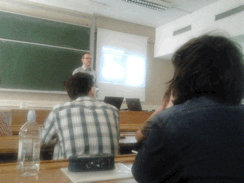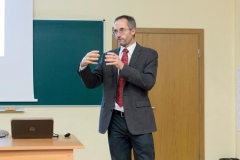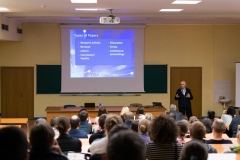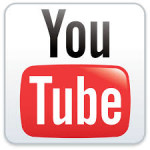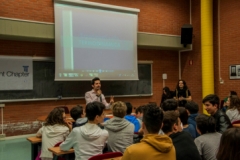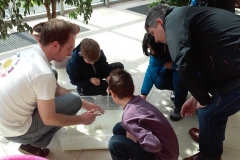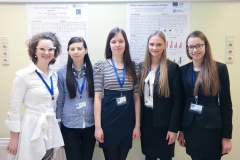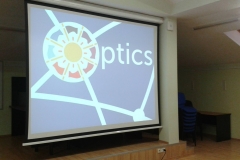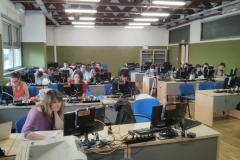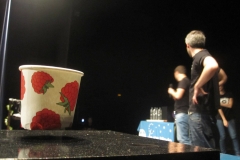 The Physics League, Valladolid YM Section, organized an outreach activity in several museums: the Science Science Museum of Valladolid, the Barcial de la Loma (Valladolid) and Íscar (Valladolid). The aim of this activity is to demystify some of the most common beliefs of pseudo-science. We explain some ‘paranormal’ tricks or “superpowers” that are easily explained with physical laws.
The Physics League, Valladolid YM Section, organized an outreach activity in several museums: the Science Science Museum of Valladolid, the Barcial de la Loma (Valladolid) and Íscar (Valladolid). The aim of this activity is to demystify some of the most common beliefs of pseudo-science. We explain some ‘paranormal’ tricks or “superpowers” that are easily explained with physical laws.
The experiments carried out in this show are:
- Levitation: We have constructed the same levitating system with steel rods used by ‘yoguis’ in India for levitating above the ground. We explain the equilibrium forces and center of mass.
- Lenz tube: gravity is evaded when a magnet is dropped through a copper tube. The perturbation of the magnetic field induces currents, with the effect that the magnet falls slower.
- Creating electricity: a fluorescent is turned on without electrical connections by a hidden plasma sphere.
The way that electric field induces potential difference in the electrons into the fluorescent is explained. - Bending spoons: The superpower of bending metal by just touching it is demystified. A gallium spoon looks like a normal kitchen spoon but it melts at 28 ºC being easily bent in our hands.
- Burning hands: a mixture of water, soap and hairspray allows us to burn our hands without damage due to the Leidenfrost effect.
- Fire control: A Rubens’ tube shows the modulation of fire caused by “supernatural beings”, which is
explained by acoustic standing waves in the tube. - Telekinesis: at a certain distance, a pile of glasses is destroyed and candles are put out. This superpower lies on an air vortex hidden in the backstage.
- Duel of strength: the attendance is challenged to prove their strength against members of Physics League. Because of the knowledge of center of mass, our team always wins…
- Walking through broken glass: We perform the trick of walking through broken glass. This trick is done in
some societies claiming their powerful minds. We show that is just physics at work! - Bed of nails: the control of pain shown by fakirs lying over a bed of nails is also demystified. The relationship between pressure and the surface where it is applied is the basis to understand this “superpower”. We also break a concrete block over a Physics League member lying on this bed.
- Ghost apparitions: the scariest moment of the show arrives when a mystery girl suddenly appears!
Thankfully, Ghostbusters go to our rescue, and show us that the apparition is a “Pepper’s Ghost” effect.
The attendance is invited to prove all the experiments.
[nggallery id=33]

